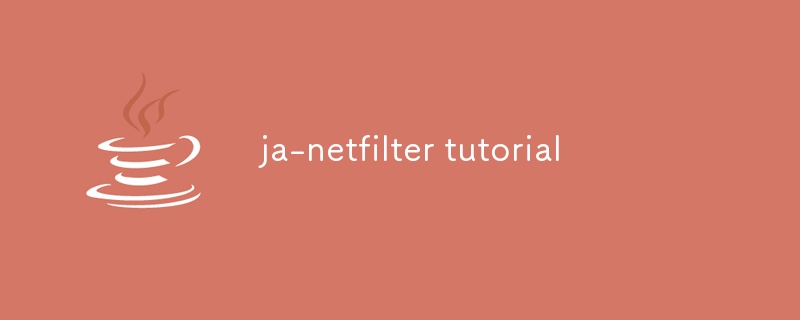
This article provides a guide on installing and configuring ja-netfilter, an advanced network filtering tool. It explores the effectiveness of ja-netfilter in preventing malicious network traffic and highlights its advantages over other tools, such a

How to install and configure ja-netfilter for effective network security?
Installing ja-netfilter
<code>- For Debian-based systems: sudo apt-get install ja-netfilter - For Red Hat-based systems: sudo yum install ja-netfilter</code>
Configuring ja-netfilter
<code>- Open the ja-netfilter configuration file: sudo vi /etc/ja-netfilter/ja-netfilter.rules - Add rules to control network traffic flow, such as:</code>
Can ja-netfilter be used to block malicious network traffic in real-time?
Yes, ja-netfilter can be used to block malicious network traffic in real-time. It uses a stateful inspection engine to analyze and filter network packets, identifying and blocking threats such as:
What are the advantages of using ja-netfilter over other network filtering tools?
ja-netfilter offers several advantages over other network filtering tools:
The above is the detailed content of ja-netfilter tutorial. For more information, please follow other related articles on the PHP Chinese website!




